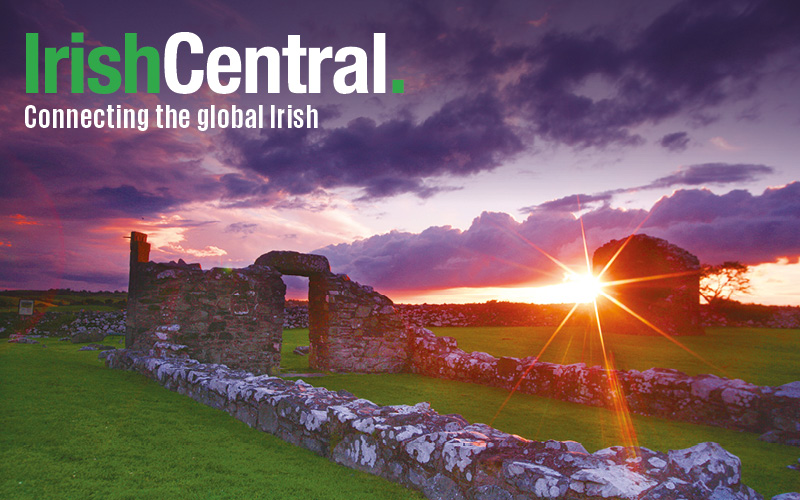The Irish tourism board Failte Ireland (Welcome Ireland) is projecting there will strong growth in overall tourism numbers to Ireland in 2013, the result of serialized tourism marketing and The Gathering, a new tourism initiative that aims to attract 325,000 additional overseas visitors.
According to the Irish Examiner, in its annual review published this week Failte Ireland said tourism revenue rose 2%, or $1,578,252 to $5 billion in 2012, while 5,000 jobs were added to bring employment in the sector to 185,000.
The total number of overseas tourists — at 6.3 million — matched 2011 figures, but there was a 3% fall-off from the most important single market, Britain, and a 5% drop in spending by domestic tourists.
Tourist numbers from North America and Continental Europe both grew by 2% however, while long-haul markets recorded a 5% increase.
Failte Ireland chairman Redmond O’Donoghue told the Examiner there were many reasons to be optimistic about 2013: the level of early bookings, improved air access, and the general economic recovery. 84% of tourism operators expect business to improve this year or at least trade as well as in 2012, he said.
O’Donoghue also praised the government’s role in aiding the industry through $16 million funding for The Gathering as well as reducing VAT on tourism-related goods and services.
Failte Ireland chief executive Shaun Quinn said The Gathering would mark 2013 as a unique year for Irish tourism, with early signs such as 80,000 extra bookings so far compared to 2012, indicating it will deliver on its potential.
Meanwhile a 20% increase in airline seats from the US and expected growth in the number of visitors from mainland Europe also provide grounds for optimism, Quinn said.
Quinn added that Ireland is highly regarded by overseas visitors as offering value for money. Overall hotel occupancy rates for 2012 reached 63% — an increase of 4% on 2011 figures. However, there were wide regional variations, with occupancy rates reaching 73% in Dublin but just 49% in the Shannon region and 46% in the East and Midlands.




Comments